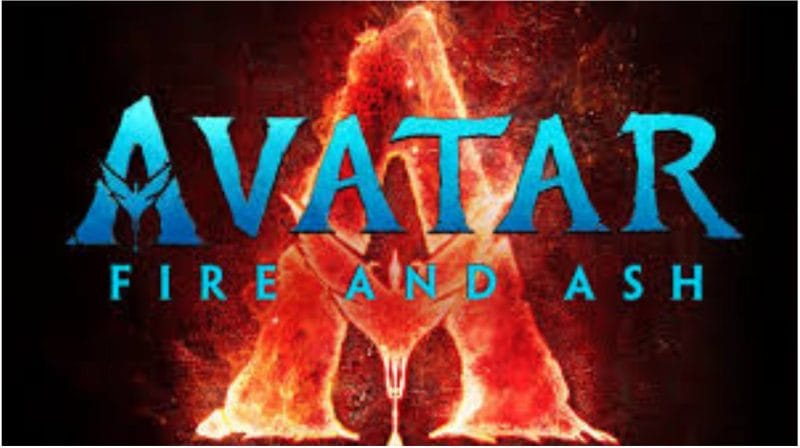By Sandra Fabritz-Whitney, John Sullivan, David Modeer, Kathleen Ferris and Warren Tenney
The Arizona Republic
Sandra Fabritz-Whitney is director of the Arizona Department of Water Resources. John Sullivan is associate general manager of Salt River Project. David Modeer is general manager of the Central Arizona Project. Kathleen Ferris is executive director of the Arizona Municipal Water Users Association. Warren Tenney is a board member of the Southern Arizona Water Users Association.
 On its 1,450-mile journey from the mountains of Colorado and Wyoming, through Arizona and into Mexico, the Colorado River supplies water to nearly 40 million people in seven states and Mexico.
On its 1,450-mile journey from the mountains of Colorado and Wyoming, through Arizona and into Mexico, the Colorado River supplies water to nearly 40 million people in seven states and Mexico.
The river irrigates millions of acres of farmland, generates significant hydroelectric power and nourishes riparian habitats throughout the Southwest. Its famed rapids and canyons offer whitewater rafting, and the lakes created by its dams provide open water for boating and recreation.
Because of these essential and wide-ranging benefits, the river has spawned numerous debates about its future. A new chapter in these discussions is emerging with the release last week of the U.S. Bureau of Reclamation’s most comprehensive study of the Colorado River to date.







